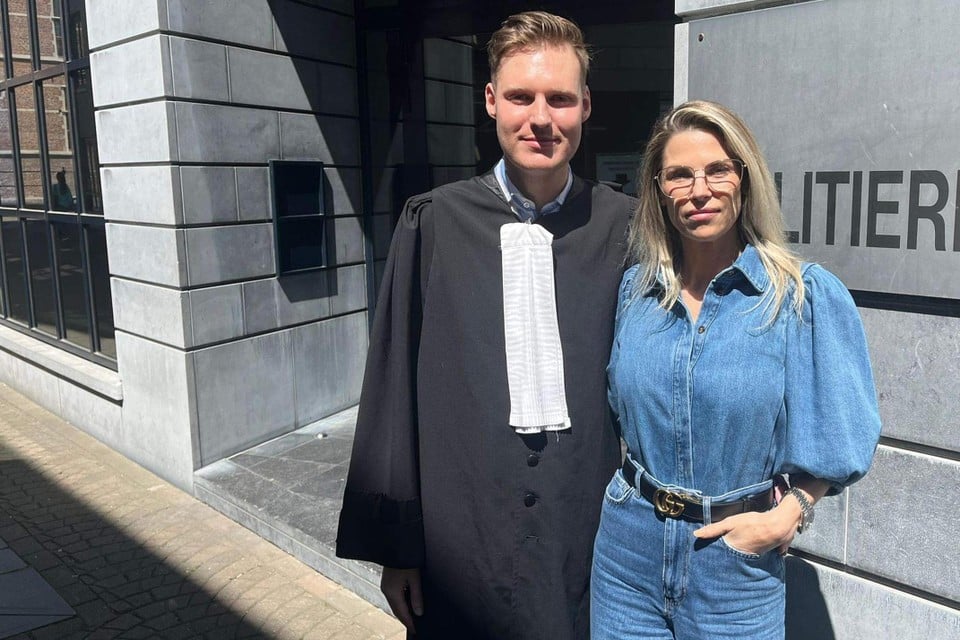Children’s News: What are the cells

Articles are an appropriate way for children to get acquainted with what is happening in society and a good occasion for conversation (and why not a dispute) in the family on them. Because of the age of the readers for whom the section was intended, the editorial office decided to close the articles for comment.
Why are we talking about it?
Because many of you wrote that it would be interesting for them to understand more about the subject. The cell is the smallest living thing in nature. Let’s explain.
When you build something from Lego, you have built of bricks. In the same way, everything around us consists of atoms, molecules, etc. However, atoms and molecules are not alive. They are not born, do not reproduce, do not feed, do not die.
The cage is also something very tiny. However, it is larger than atoms and molecules (actually composed of them). However, the cells are alive – they can be born, multiply (by division), feed and die. Each cell has different parts that are responsible for different tasks – for example, for the processing of nutrients. Or for the transmission of information.
There are cells that are individual living things. Such are, for example, bacteria or yeast.
Other cells are grouped to form something larger together – such as a flower or a cat. Or you. When cells form an organism, they usually distribute their tasks. They have different professions.
See, for example, the fruit of the orange – some of the cells are juicy and sweet, others form the bark, others – the zipper … In the same way, there are bone cells, skin, nerve cells, muscle cells, blood cells … They are different, but they are all elements of your body and help you have the important task of growing and helping you to grow.
Children’s Language News: Teeth in Laboratory
Whatever they are, most cells have three parts. The membrane is something like a skin of the cells. Its task is to miss the nutrients and stop harmful (and de discarding excess).
The cytoplasm is liquid. It contains the individual elements of the cell called organelles. With their help, the cell processes food and produces energy, etc.
The nucleus is the command center of the cell. It tells the cell how to grow and how to reproduce (how to get new cells). It contains chromosomes, and in them the genes. Thanks to your genes, you look like your parents and other relatives, and your children will look like you.
When one talks about genetically modified organisms, it means that scientists have intervened in the genes of cells-for example, to make a plant become more resistant to pests or bear larger fruits. We recently told you how with these technologies the missing « fierce wolf » was recreated.
Genite intervention leads to a lot of disputes about what is right and what is wrong in science. However, sometimes it can be very useful – for example, when developing a dental substance!
You will learn more about cells in biology. There they will tell you what the plant cells are different from, how cells form tissues, which are the organelles in the cell and what are all types of cells in the human body. And who knows? It may be attracted to you and want to learn all the details. One day you can become one of the scientists who reveal the secrets of cells and use them for the good of humanity!








